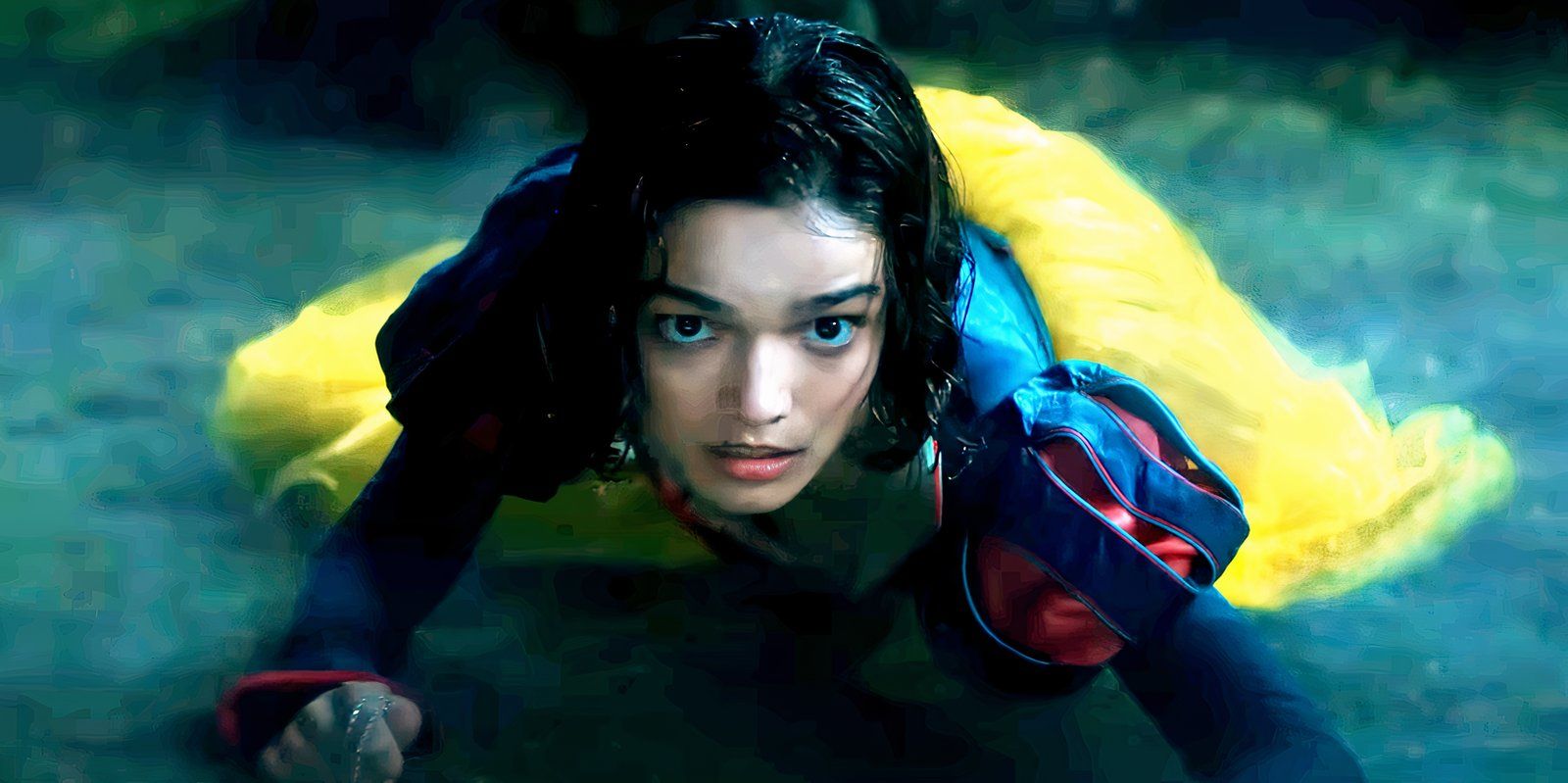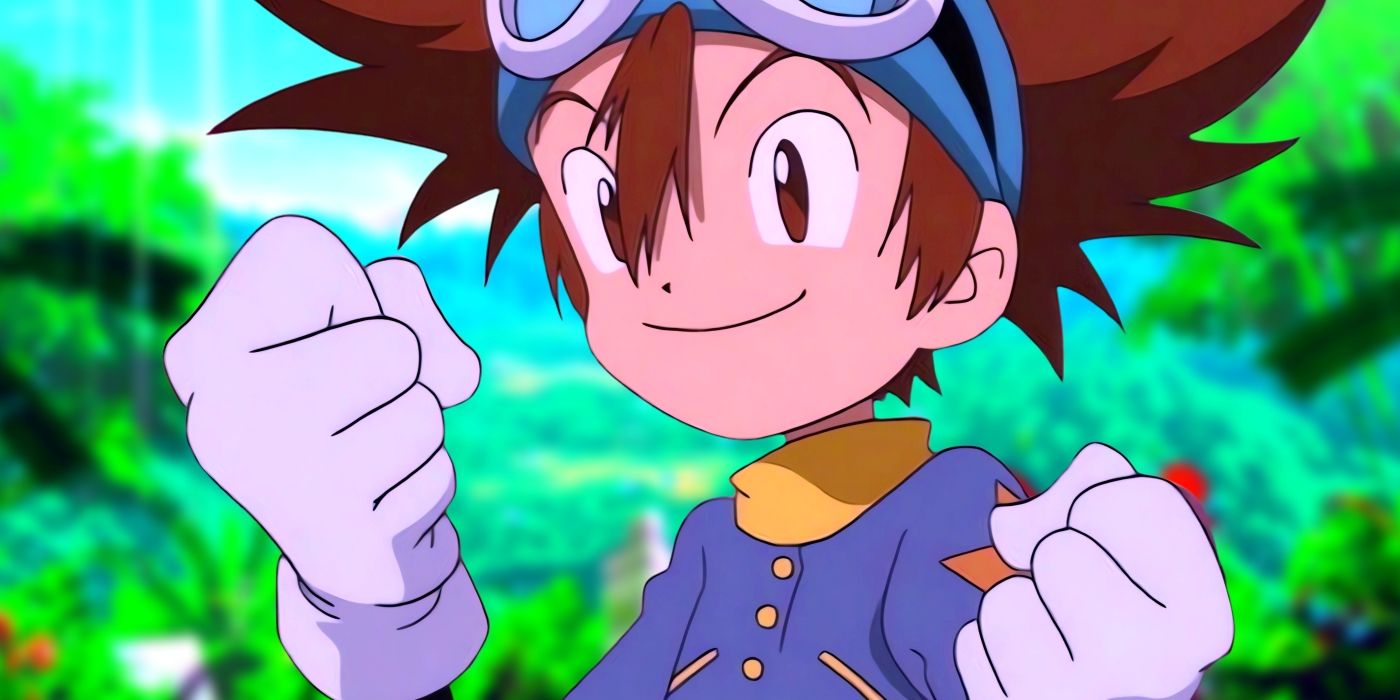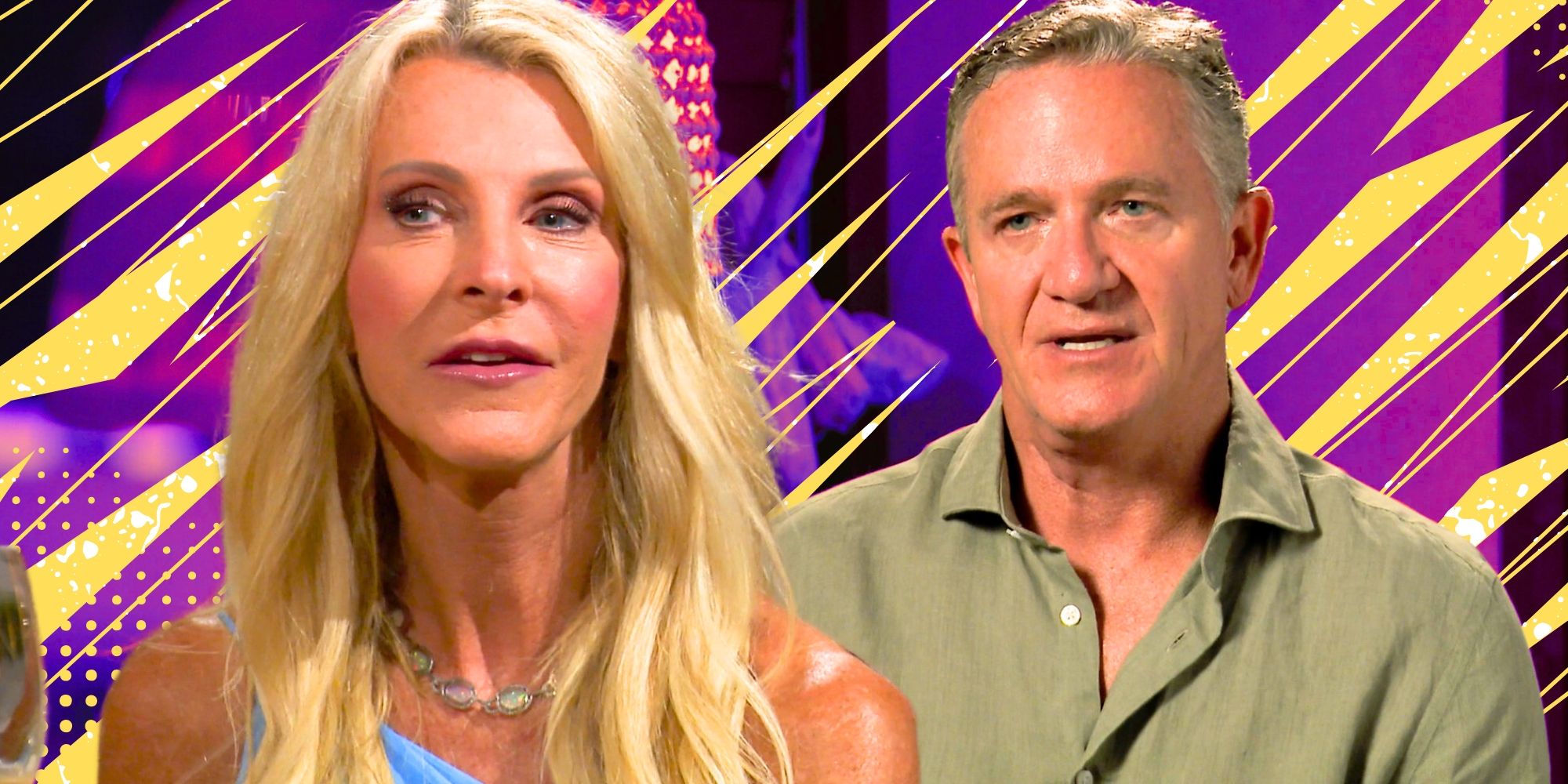The slow-motion footage in “Every Little Thing” of hummingbirds captured in flight, or beak deep in a flowering bud or hovering at 50 beats per second are awe-nudging. Director Sally Aitken’s nature documentary comes as a balm in a season aching for uplift. Since 2008, hummingbird sage Terry Masear has run a hotline, answering the calls of strangers who find the iridescently feathered, delicate, surprisingly bold birds wounded or unconscious in their pools, on roadways, laying beneath trees. There have been more that 20,000 calls.
Like pilgrims brimming with fear and hope, Angelenos bring their precious gifts to Masear’s home in the hills of Los Angeles. “It’s delicate, emotional work,” rehabbing these birds, says someone on the radio as the hummingbirds begin their migration to the area where they nest.
As captivating as the documentary’s slow-motion images are (stunning wildlife photography by Ann Johnson Prum), hummingbird lovers know that there is something equally if not more magnificent in the speed of their flight, the electric click and whirr that signals their nearness.
As with a few recent documentaries featuring animals, a great deal of the film’s wonder comes by way of the human-animal interface: here, the brief and deep relationship of Masear to her wards and those who find them. Not only is the curly-haired, polo shirt-wearing wildlife rehabber a beacon to those who find troubled birds, she is often soother of their trepidations. A young woman named Sidney brings two nestlings to the house. “The Sidney Twins,” as Masear calls them, are in a teeny nest still attached to a branch which is nestled in a box. As she examines the pair, Masear sweetly points out blond strands of hair — Sidney’s — woven into the nest.
Peak season, April through July, keeps her busy. She walks a man named Alejandro through a dilemma: A bird has gotten inside his home and is thumping against a skylight. The stories of Jimmy, the twins, Charlie and Raisin aren’t without pathos. The gorgeous little bird christened Cactus looks like it’s been quilled by a porcupine; it had a run-in with a cactus and the spines have pierced its wings. As Masear says to the filmmaker, the prognosis is “pretty grim.”
Masear wrote the 2015 book “Fastest Things on Wings: Rescuing Hummingbirds in Hollywood” that feeds the film. Aitken turns that inspiration into an act of translation, the new form honoring the truths of prior insights. Much like that nest with the strands of Sidney’s blond hair, Masear’s biography is woven into the narrative.
The film begins with a home movie image of a girl bounding down a rocky hill. Her arms windmill like the hummingbirds’ wings shot in slo-mo. Aitken teases our curiosity with lyrical images. It’s nearly mid-film before Aitken begins to share Masear’s past in a more traditional fashion. She grew up in rural southern Wisconsin. She was restless. She headed to Los Angeles, a place without boundaries, the place where she met her husband, Frank. There’s more to the couple’s story that appears to have laid the foundation for Masear’s Samaritan labor.
“I try not to bond,” she says, somewhat unconvincingly. “Because it’s too painful.” Naming is one form of attachment. Viewers are sure to form feelings for Jimmy, Charlie, Raisin, Mikhail, Alexa and Cactus. There’s also Sugar Baby, whose wings have nearly disintegrated because its “rescuer” didn’t know how to care for hummingbirds. Not everyone who contacts Masear tells the truth about how the birds wound up in a wounded condition, which makes her angry. “This one bird is a mirror of their attitude about all the natural world,” she says.
There will be arrivals and there will be departures. Yet the movie overflows with fondness and hope, amid losses and liberations. “I don’t measure the success of the rescue by the outcome,” Masear later admits. “But by the compassion.”
Masear says philosophically, “Life is a series of metaphors stacked up on each other.” Yet, she and her director (maker of “Playing With Sharks,” another documentary featuring a female protagonist) know there are ways to learn from animals that don’t fall back on easy anthropomorphizing. Even so, they make room for our pattern-seeking, storytelling instincts. “Every Little Thing” stirs insights and a sense of awe as it focuses on specific characters but also takes flight toward broader connection. Use of drone footage soaring above L.A. reminds viewers of the vastness of Los Angeles but also the delightful diminutive residents it is a home or a stopover to.
The musical score, by Aitken’s frequent collaborator Caitlin Yeo, twinkles with the promise of something magical. It delivers again and again on that. At the start of the film, Masear tells a teeny passenger named Wasabi that they’re “safe, totally safe.” By movie’s end, Masear’s commitment and tenderness have made that declaration a sacred and unimpeachable vow.









 English (US) ·
English (US) ·